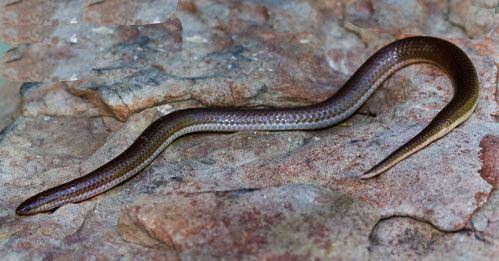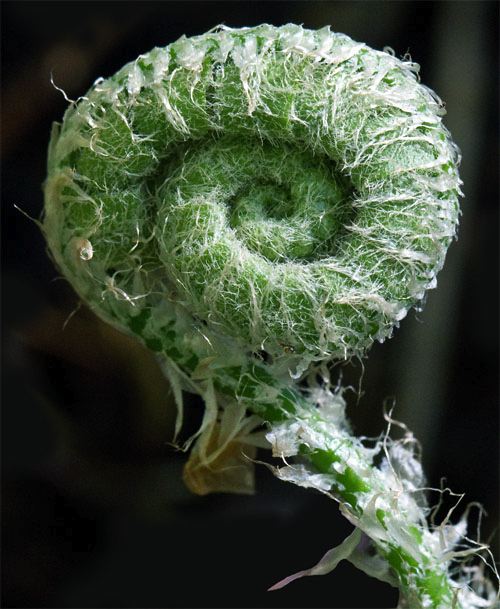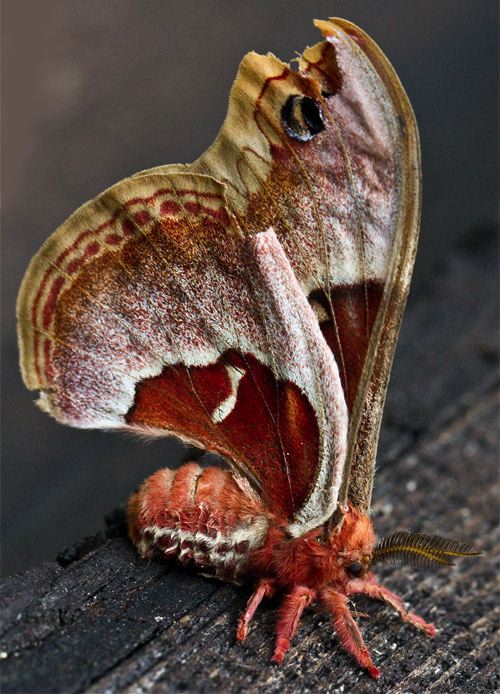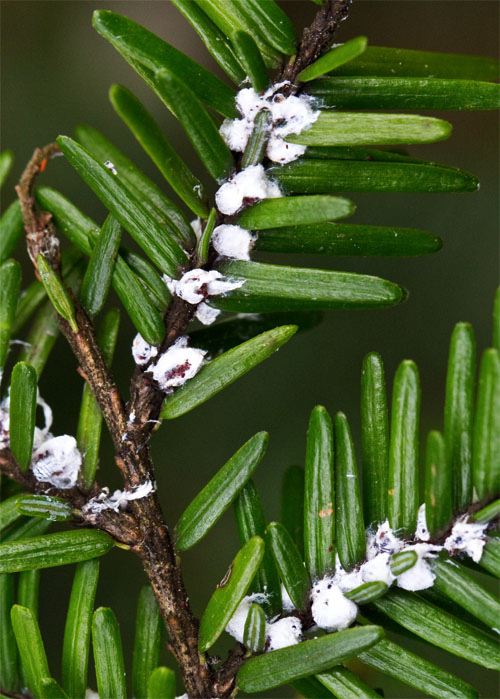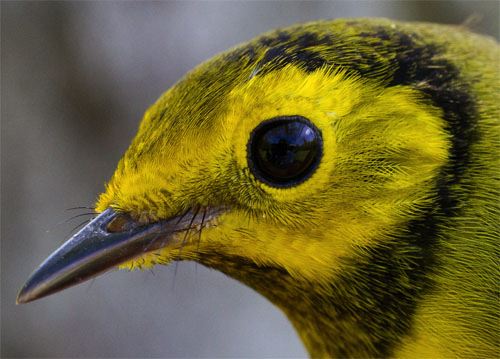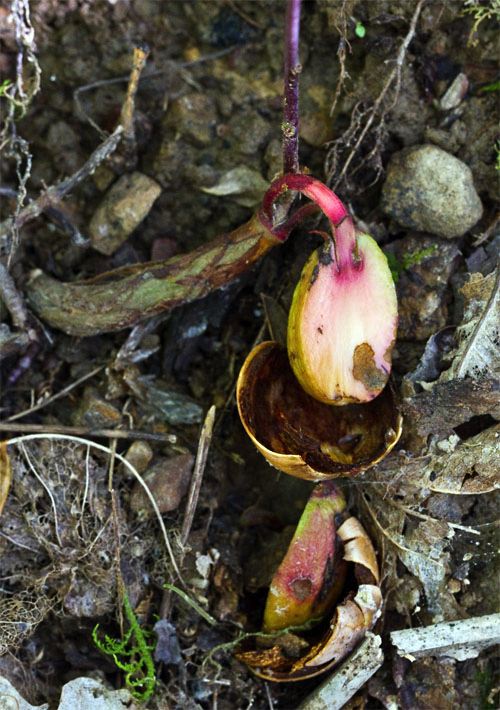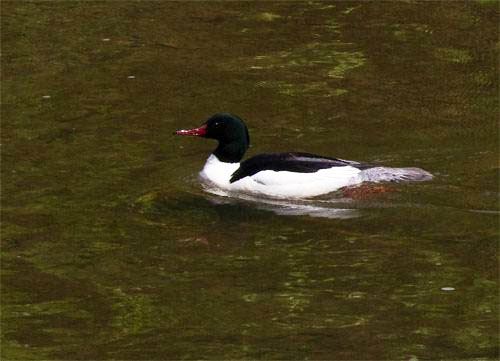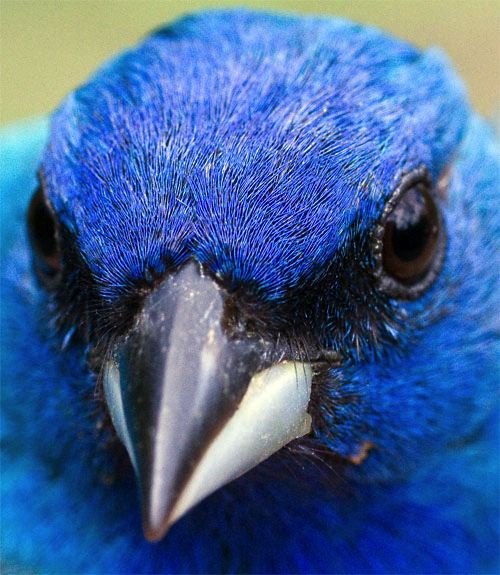|
|
|||
|
THIS WEEK at HILTON POND
2-14 May 2011 INSTALLMENT #510---Visitor # (Back to Preceding Week; on to Next Week) |
|
APPALACHIAN SPRING, 2011 We drove north from Hilton Pond Center late on the afternoon of 1 May toward Hickory NC to meet Miss McKinley Ballard Hilton (below right)--barely three hours old, alert, and already looking fine. After an all-too-brief cuddle session with our first granddaughter we continued on toward Fayette County WV for the week-long New River Birding & Nature Festival, All text & photos © Hilton Pond Center
All text & photos © Hilton Pond Center The 320-mile-long New River--seen above from the National Park Service's Canyon Rim visitor center on U.S. 19 just north of Fayetteville--is one of the oldest rivers in the world. It's also one of a few major rivers that flows north. Arising in Ashe County NC, the New merges with Gauley River to form the Kanawha; its waters then join the Ohio and Mississippi Rivers before entering the Gulf of Mexico. Ample rainfall, cool temperatures, and variable topography help make this section of the Appalachians one of most diverse ecosystems in North America.
All text & photos © Hilton Pond Center Although nearly all of West Virginia was clear-cut for timber at least twice in history, large swaths of this mountainous land have rebounded well enough to host breeding and migrant populations of Neotropical birds and spectacular concentrations of everything from salamanders to fungi to wildflowers. The New River Birding & Nature Festival explores many local habitats including Hawks Nest State Park, where we found a prime example of Flame Azalea, Rhododendron calendulaceum (above). This native shrub blossoms in early May and sometimes blankets forested slopes with its brilliant orange flowers. In some specimens the flowers appear before the leaves, but the one at Hawks Nest was in full foliage. Flame Azalea blossoms can vary in color from yellow-white to deep red-orange. Curiously, this species is tetraploid--having twice as many chromosomes as other native azaleas/rhododendrons--so it almost never hybridizes.
All text & photos © Hilton Pond Center Headquarters for the New River Birding & Nature Festival is Opossum Creek Retreat, a cluster of cabins built and managed by Geoff Heeter--a festival founder. Participants gather here for meals and evening presentations and make use of several established sites where we erect mist nets and run live traps to capture birds for examination and banding. This year we caught quite a variety of birds at this site, including--among others--two normally elusive Lincoln's Sparrows, Carolina Chickadees, and a Blue-gray Gnatcatcher (above). This individual was identified as a male because of his dark eyebrow, a field mark the female lacks. Gnatcatcher pairs often nest near the cabins at Opossum Creek, with both prospective parents energetically gathering spider webs, lichens, and plant down as main construction materials. Folks often mistake gnatcatcher nest for those of Ruby-throated Hummingbirds, but in the latter the structure is only and inch or so tall; gnatcatcher nests can be up to five inches in height.
All text & photos © Hilton Pond Center As we were working the banding table at Opossum Creek, someone nearby accidentally stepped on a small creature hidden in wet grass. It was a tiny eight-inch serpent that writhed from the trauma and eventually perished before we posed it for a photo on a nearby rock (above). We identified it as an Eastern Worm Snake, Carphophis a. amoenus, which is sometimes confused with the chunkier Smooth Earth Snake, Valeria valeriae. Worm Snakes are widely distributed across the central and eastern U.S. but are seldom seen, preferring a fossorial existence in loose soil or within rotten logs and under leaf litter; their exceedingly smooth and shiny scales undoubtedly help them slither through their habitats. Although they're called "worm snakes" because that's what they resemble, earthworms also make up nearly all their diet. It's interesting Worm Snakes have a sharply pointed tail they jab against potential predators; this may be the origin of the myth of "stinging snakes."
All text & photos © Hilton Pond Center One of the hallmarks of the Appalachian Region is rich, moist soil--just the sort of substrate where one might expect to find a variety of ferns. That's truly the case in the woodlands around Opossum Creek Retreat where Christmas Fern, Polystichum acrostichoides, is one of several common species. Christmas Ferns--so-named because they're among few ferns still green at mid-winter--put out new compound leaves each spring. These unfurl from "fiddleheads" (above) that resemble the neck of a violin. Fiddleheads of some fern species are prized by wild food enthusiasts who eat them like asparagus or as salad greens. Frankly, we prefer to admire ferns and most wild plants in their natural settings rather than on the dinner plate.
All text & photos © Hilton Pond Center Jim McCormac of Ohio Department of Natural Resources is one of the numerous expert guides who share their knowledge each spring at New River Birding & Nature Festival. This year Jim drew our attention to a large rusty-colored insect on the siding of the main cabin at Opossum Creek and after some discussion decided it was a Promethea Silkworm Moth, Callosamia promethea. We speculate it was a gravid female--her rotund abdomen was likely laden with eggs--that had gotten stranded out in the open after a late night flight. Males, darker brown in color, tend to fly from afternoon through midnight. This Promethea's open wingspan was a little less than four inches, making her somewhat smaller than several other members of the Saturniidae (Giant Silkworm Family) such as Luna Moth (5") and the similarly colored Cecropia (7") and Polyphemus Moths (5.5"). The Promethea Silkworm Moth is sometimes called the Spicebush Silkmoth, although its larvae are also known to dine upon sassafras, maples, cherries, birches, Sweetgum, and Yellow Poplar.
All text & photos © Hilton Pond Center Virtually everything we observed in West Virginia was pleasant, with one notable exception: We were distressed to see one of the Eastern Hemlocks at Opossum Creek Retreat covered by thousands of little waxy white fuzz balls--the external armor of dreaded Hemlock Woolly Adelgids, Adelges tsugae. This miniscule (one-sixteeth-inch-long) aphid-like insect apparently arrived from Asia in about 1951 when it was discovered at Richmond VA; it spread quickly to neighboring states, and beyond. Adelgids are parthenogenetic--all are females that make fertile eggs without males--so they can reproduce at a very rapid rate. Adelgid nymphs have sucking mouth parts they insert at the base of a hemlock's needles; there they begin feeding in fall on stored starches the hemlock needs to survive the winter. Heavy infestations of adelgids can and do kill even mature Eastern Hemlocks, and many champion trees in the eastern deciduous forest have succumbed to this foreign invader--especially when trees were already stressed by acid rain and climate change. Individual hemlocks like the one at Opossum Creek can be sprayed with insecticides, but the most promising proposal for controlling Hemlock Woolly Adelgids may be introduction of pathogens and predators from their native Asia--an always risky strategy that could backfire.
All text & photos © Hilton Pond Center In addition to participants who attend one or more days of the week-long New River Birding & Nature Festival, two half-week Elderhostels take advantage of the guides and lecturers assembled in West Virginia. Several Elderhostelers got to hear a Hooded Warbler singing in the woods and some got a passing view, so they were particularly excited we mist netted one of these Neotropical migrants at the Opossum Creek banding station. The captured bird (above) was a bit of an enigma, however, because it didn't have the deep black hood and bib of an adult male--a field mark usually lacking in females. Problem is, some adult females look just like adult males, while others show varying amounts of black on the head. We suspected the bird-in-hand was a young male but could not be sure without making measurements and examining its reproductive status. Unfortunately, wing and tail lengths were not conclusive as to sex, and the bird had neither a brood patch (breeding female) or a cloacal protuberance (breeding male). Thus, even though we suspect it was a second-year (immature) male we will report it as "sex unknown."
All text & photos © Hilton Pond Center West Virginia must have had a good mast year in 2010 because still on the ground in May were plenty of acorns--all from one of the several kinds of Red Oaks. Some were riddled with holes from a beetle larva or other seed predators but quite a few were sprouting (above). On close examination, the photo reveals a lot about plant propagation. The acorn's thin outer husk has broken open, revealing two seed halves within. One of the halves appears damaged, but the upper one has produced two sprouts--a leathery green hypocotl (pointing left) that will become the root system, and a thin purplish stem (epicotyl, pointing upward) that already was topped by four leaves that foretell the above-ground portion of the tree. Since there are two seed halves, the oak is a dicot; plants such as grasses have only one-part seeds and are monocots. How amazing that mighty oaks from tiny acorns grow!
All text & photos © Hilton Pond Center Perhaps our favorite plant sighting during the 2011 festival was Lesser Yellow Lady's Slipper, Cypripedium p. parviflorum (above), a participant found growing near Opossum Creek. We've seen many North American terrestrial orchids but this species had always eluded us. We were struck by the intense yellow of the enlarged labellum (flower lip) and by three twisted and variegated sepals, but more surprising to us was the blossom was only about half the size of that of its more abundant relative, the two-inch-diameter Pink Lady's Slipper, C. acaule. We were also amazed at where this uncommon yellow orchid was growing: In gravel on the shoulder of a paved road that gets plowed and salted each winter--a habitat that seems even more unlikely when we note that terrestrial orchids have very finicky growth requirements. Orchid seeds contain no nutrients and must be broken open and nurtured by a soil fungus that--as the orchid plant matures--then takes sustenance from the plant's roots. How interesting that the symbiotic fungus happened to be in roadside soil right where the orchid seed itself happened to lodge.
All text & photos © Hilton Pond Center Just as the Lesser Yellow Lady's Slipper was a new species for our "Wildflower Life List," we picked up a new bird this year during the West Virginia birding festival. Actually, it wasn't a new species--just a new plumage: Adult male Common Merganser. We have seen Common Mergansers before in non-breeding plumage in which males resemble females with gray bodies and chestnut-brown heads, but since this waterfowl doesn't breed in the Carolina Piedmont where we spend the bulk of the year we don't get to observe the male's contrasting black and white feathers and blood-red hooked bill. The bird in the photo above was paddling the shallow backwater above a New River dam near Hawks Nest State Park--close to the southern edge of the breeding range for this more northerly and westerly species.
All text & photos © Hilton Pond Center Although the Common Merganser was cool, for us the best bird of the entire New River Birding & Nature Festival was one particular Indigo Bunting. We banded several buntings during the week but the one in the photo above truly was special. We caught it this year in Net #1 at Opossum Creek Retreat on Cinco de Mayo (5 May), and when we extricated it from the mist net it was quite obvious the bird was an adult male, with bicolored bill and brilliant blue plumage. Almost as quickly we also saw there was an aluminum band on the bird's left leg AND that the band was dull and tarnished rather than bright and shiny--meaning the band was "old." Excitedly, we looked up the band number in our West Virginia data and learned we had indeed banded this bird . . . at Opossum Creek . . . in 2008 . . . on Cinco de Mayo . . . and we caught it in the very same net! The West Virginia birding festival always provides magical experiences for those who attend, but what were the odds of catching the same Indigo Bunting in the same net exactly three years later during "Appalachian Spring, 2011?" Can't wait 'til next year! All text & photos © Hilton Pond Center
|


 held annually in the New River Gorge Region. This festival--now considered to be among the top events of its kind--began in 2003 as a way to introduce folks to the Mountain State's impressive spring bird migration and to bring in visitors before whitewater rafting season gets underway. The festival's been a great success and we've been privileged to lecture, lead field trips, or conduct bird banding sessions every year--and to meet, share with, and learn from some great birders and fellow naturalists. Considering the incredible diversity of flora and fauna in the eastern Appalachians, festival planners were wise to add "nature" to what was originally billed as "just" a birding event, and we relish the opportunity to go to the West Virginia hills with camera, lens, and tripod to take photos of whatever we can find. We also enjoy sharing those natural wonders with our Web site visitors and offer below our photo essay on "Appalachian Spring, 2011."
held annually in the New River Gorge Region. This festival--now considered to be among the top events of its kind--began in 2003 as a way to introduce folks to the Mountain State's impressive spring bird migration and to bring in visitors before whitewater rafting season gets underway. The festival's been a great success and we've been privileged to lecture, lead field trips, or conduct bird banding sessions every year--and to meet, share with, and learn from some great birders and fellow naturalists. Considering the incredible diversity of flora and fauna in the eastern Appalachians, festival planners were wise to add "nature" to what was originally billed as "just" a birding event, and we relish the opportunity to go to the West Virginia hills with camera, lens, and tripod to take photos of whatever we can find. We also enjoy sharing those natural wonders with our Web site visitors and offer below our photo essay on "Appalachian Spring, 2011."


